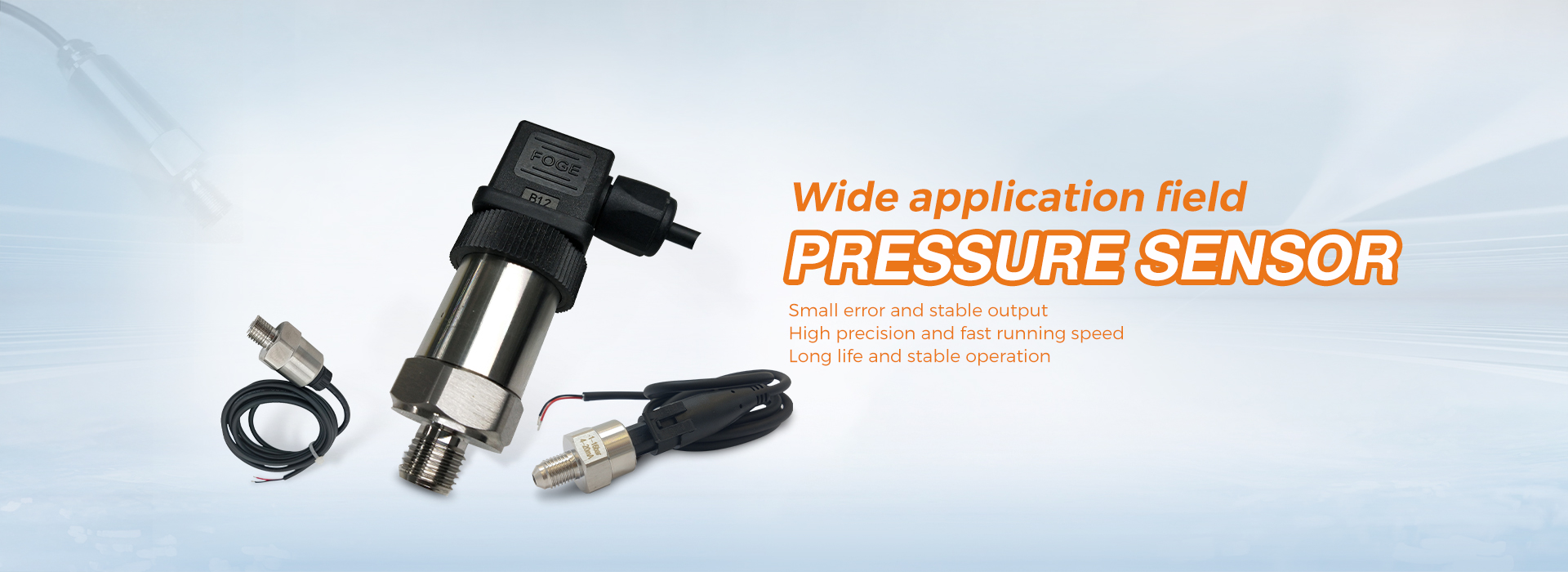Tire pressure has a great impact on the car, so many people will pay more attention to the tire pressure and want to know the tire pressure at all times.If the original car has tire pressure monitoring, you can check it directly. If it doesn’t, many people will install it. So what are the types of tire pressure monitoring? What are the advantages and disadvantages of each?
Common tire pressure monitoring is divided into three types: built-in type, external type, and OBD tire pressure monitoring.
1. Built-in tire pressure monitoring
It consists of two major components, the display alarm and the tire pressure sensor. The display alarm is installed in the car, and the position can be selected at will, and it is convenient to check by oneself.The tire pressure sensor is placed inside the tire, at the position of the valve, and there is a sensor in each tire.The tire pressure sensor monitors the tire pressure value, and transmits it to the display in the car through the Bluetooth signal, converts the pressure signal into a digital signal, and can see the tire pressure through the display. When a tire pressure is not normal, even if you do not check the tire pressure, it will automatically alarm.
Its advantages: the tire pressure display is very accurate, the sensor is hidden inside the tire, no need to experience wind and rain, good safety and long life.No changes can be seen from the appearance, and the inflation is not affected, and it can be charged anytime, anywhere.Its disadvantages: it is troublesome to install, and you cannot operate it yourself, because you need to separate the tire from the hub to install it, and you need to go to a repair shop.If the four-wheel transposition operation is performed, the tire pressure monitoring needs to be re-learned and paired, otherwise the display will not be able to tell which wheel it is, and it will still be displayed according to the original position.
It should be noted that if the tire needs to be removed due to tire repair or tire replacement, you must tell the maintenance mechanic. I have installed a tire pressure monitor myself, and there is a tire pressure sensor in the tire. Because it can’t be seen from the outside, if you don’t pay attention, it is easy to damage the tire pressure sensor when removing the tire. This has happened many times.
2. External tire pressure monitoring
Its composition is the same as that of the built-in type. It is also a display alarm and four tire pressure sensors. The signal transmission is that the tire pressure sensor transmits the tire pressure value to the display through the Bluetooth signal, which is also relatively accurate.The difference from the built-in type is that the installation position of the tire pressure sensor is different. It is not installed inside the tire, but directly fixed on the original car valve, just screw it on.The sensor pushes the valve core open, the air pressure will be pressed to the sensor, and the sensor can monitor the tire pressure. After installation, the valve core is always in the top open state, only relying on the tire pressure sensor to seal, and the internal pressure of the tire is connected to the sensor.
Its advantages: easy installation, you can operate it by yourself, just screw to which wheel it is written on the sensor, and you need to use a special wrench to tighten the anti-theft nut.
When performing a tire rotation operation, there is no need to re-pair, just remove the sensor and place it in the original position.Its disadvantages: the appearance is not good-looking, and there is an exposed tire pressure sensor on the valve, which is easy to be damaged when touched. It is also inconvenient to inflate, and the sensor must be removed every time it is inflated, because the sensor blocks the valve. Therefore, the special disassembly wrench is carried with the car, do not lose it, otherwise it will not be able to inflate.
Whether it is built-in or external, because there is one more thing on the wheel, the original dynamic balance will be destroyed, and high-speed driving may cause the steering wheel to shake. If it shakes, you need to do four-wheel dynamic balance.
3. OBD type tire pressure monitoring
Each car has an OBD interface, which is the socket used to plug in the detection computer when the car is faulty, called the OBD interface.The tire pressure monitor is plugged into this interface, and the installation is very simple. The whole system is only one component, just plug it in directly.It cannot display the value of the tire pressure, and can only call the police when the tire pressure is abnormal. And only when a certain tire pressure is low, it will call the police.Its principle is: there is a small chip inside, because it is plugged into the OBD interface, it can read the values of the four wheel ABS sensors.When the tire pressure is the same, the rotation speed of the four wheels is the same. When the pressure of a certain wheel decreases, the diameter of the wheel will become smaller, and the rotation speed of this wheel will be faster than other wheels. When it exceeds the preset value, it will It is determined that the air pressure of the wheel is low, and then the police are called.It can only deal with the low air pressure of a certain wheel. If all four wheels are missing, it will not call the police. The tire pressure monitor is the easiest to install, but the least accurate.
The built-in tire pressure monitoring is relatively recommended and has high reliability. If you don’t want to spend money to find a repair shop to install it, but want to do it yourself, you can also choose an external one, and you can choose according to your needs.
Post time: Feb-07-2023



